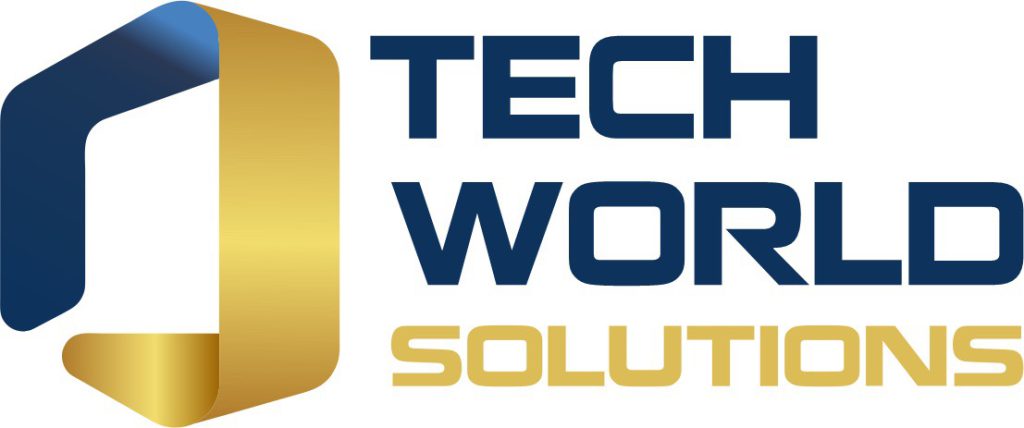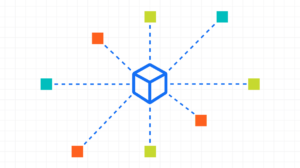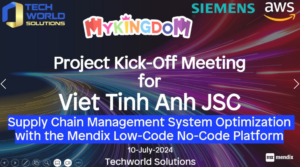How to Unleash the Power of ChatGPT With Your Mendix Data
ChatGPT, the cutting-edge intelligent technology developed by OpenAI, has the potential to enhance Mendix solutions across various industries, including customer service, education, and healthcare. ChatGPT can understand human conversations using deep learning techniques and provide meaningful responses. The real question is:...
Th9
CSRD Compliance: A Low-Code Approach to Sustainability Reporting
In the area of corporate responsibility, the European Union’s Corporate Sustainability Reporting Directive (CSRD) represents a transformative step towards greater transparency in non-financial reporting. With a focus on Environmental (E), Social (S), and Governance (G) — the ESG themes — CSRD mandates...
Th9
Technology Trends for 2024: What’s Ahead?
Smart spaces. Hybrid blockchain. Cryptocurrency. Cloud platforms. Drones. Generative AI. AI agents. Extended Reality (XR). Edge computing. Smart automation. Cybersecurity. Quantum machine learning. Internet of Things (IoT) connectivity. Sustainable IT. What do they all have in common? They’re all significant...
Th9
New Teamcenter Extension Makes Low-Code Development Even Easier
The most widely used product lifecycle management software in the manufacturing industry is Siemens Teamcenter. Manufacturers use Teamcenter to connect people, processes, and data across their organizations. Teamcenter customers have long been able to connect to the Mendix application development platform, letting...
1 Bình luận
Th8
Mendix Solutions Kit Delivers Adaptable Solutions to Software Vendors
Software vendors are having a watershed moment. The pace of technology and the choice of how to adapt provide different paths. One pathway adapts to innovation and change with innovation. The other continues to apply traditional development practices that have...
Th8
AI-Assisted Development in Action with Mendix
The technology behind artificial intelligence (AI) requires specialized resources to build and implement. That’s why a lot of organizations are still in their experimentation phase with AI. With Mendix 10.6, we were also experimenting with AI. As Mendix Studio Pro levels up to...
Th8
How to Convert an Excel Spreadsheet Into an App (in Less Than a Minute)
Most of us have a love/hate relationship with spreadsheets. Excel and Google Sheets are the go-to options when businesses need to analyze data, inform decision-making processes, and visualize information. These documents are incredibly easy to create, and they help us...
Th8
Software Developers Boost GenAI Strategies with Mendix
Enterprise software vendors are wise to be wary of the risks some Generative Artificial Intelligence (AI) tools pose to data, processes, and culture. However, delaying an AI implementation strategy is even riskier. As software developers learn how to streamline coding processes...
Th8
How AI is Shaping the Future of the Software Development Lifecycle
In 2021, GitHub and OpenAI released GitHub Copilot, an AI-assisted development tool that completes code across many popular IDEs. Copilot arrived to an excited reception, an enormous signal for how important AI is to coding. That’s a small part of...
Th7
TechworldSolutions Vietnam, in collaboration with Siemens and AWS, held a Project Kick-Off Meeting for VietTinhAnhJSC.
July 10, 2024, #TechworldSolutionsVietnam, in collaboration with #Siemens and #AWS, held a Project Kick-Off Meeting for #VietTinhAnhJSC. #VTA is the owner of #MyKingdom Store, which has over 240 stores. VTA also serves as the official distributor of LEGO in Vietnam...
Th7










